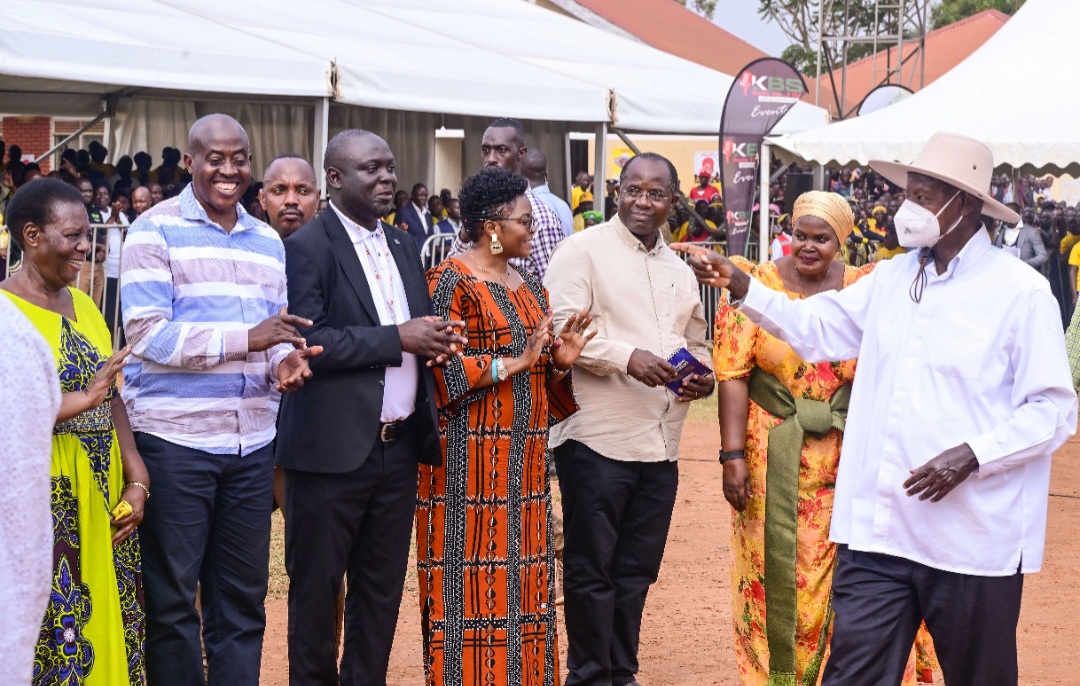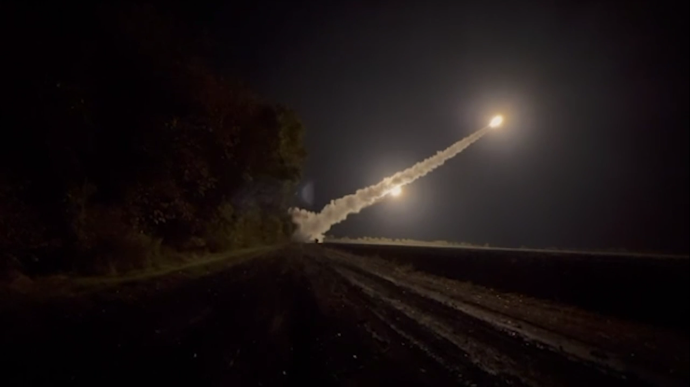Sports stadiums can be a winner for the whole community — here’s how
If elite, professional sport venues are to be built using public funding, in whole or in part, they need to provide other forms of value for area residents beyond their purported economic impact.

In preparing to withstand Hurricane Milton, officials made the decision to utilize Tropicana Field in St. Petersburg, the home of Major League Baseball’s Tampa Bay Rays, as a shelter for thousands of weary storm personnel and first responders. Reports indicate that they abandoned this plan after recognizing that the storm’s intensity may prove to be too much for the domed stadium.
They were right.
The destruction of the Teflon-coated, fiberglass roof of Tropicana Field is a problem beyond the cost of repair, though, and is symptomatic of a larger issue.
The design and construction of elite sporting venues, such as the ballparks, stadiums and arenas built for teams in the MLB, NFL, NBA and NHL, has been exclusively focused on revenue generation through the incorporation of high-end (read: expensive) seating and corresponding amenities within the venues, many of which are adjacent to redevelopment initiatives in the form of shopping, restaurants and nightlife. Academic research has largely shown, however, that these venues do not fulfill the economic promises that are used to garner support for them, which often come in the form of public subsidies and tax incentives for team owners.
Unfortunately, this design imperative — a focus on both in-game and year-round revenue generation as catalysts for revitalization — continues a long tradition of deprioritizing the needs of citizens in the communities within which those venues reside. If elite, professional sport venues are to be built using public funding, in whole or in part, they need to provide other forms of value for area residents beyond their purported economic impact.
Today, communities that are home to these venues need infrastructure to enable resilient responses to impending natural disasters as well as the capacity to store and distribute emergency supplies to area citizens swiftly. Major sport venues could be designed in such a way as to provide value for area citizens by mitigating risk and contributing to resilient responses. The increase in intensity and frequency of natural disasters could be an opportunity for those associated with promoting, approving, designing and constructing these elite venues to re-imagine their purpose.
Some venues already reflect an intent to incorporate this objective. Embedded in the design of Mercedes-Benz Stadium in Atlanta, for example, is its capacity to store 2 million gallons of rainwater to help minimize the possibility of area flooding.
Major sport venues in densely populated areas, such as Los Angeles’s Dodger Stadium, as well as those in rural locations, such as New Hampshire Motor Speedway in Loudon, N.H., served as sites for vaccine distribution during the COVD-19 pandemic.
Recently, the NFL and FEMA announced a partnership whereby four of the league’s stadiums have been selected as “Mission Ready Venues” to serve as emergency response hubs, should the communities in which they are located experience weather-related disasters.
While this announcement is certainly welcomed, how these existing venues will be able to deliver on this promise remains unclear. Nevertheless, these are positive examples of these facilities’ potential to serve their host communities beyond the wins and losses that occur within them. If the damage sustained at Tropicana Field is any indication, however, current venues are not yet ready to deliver on this now urgent but still unrealized need.
Major sport venue construction is a hot topic in a variety of cities across the country. From Nashville to Chicago to Cleveland to Washington to Las Vegas and, yes, also St. Petersburg, the issue sits somewhere on the spectrum of team owners lobbying for new venues on one end to being on the verge of breaking ground on the other. This wave of new venue rhetoric is an opportunity for key decisionmakers — team owners, local politicians, league executives and federal officials — to collaborate and incorporate design elements and related infrastructure that can enable effective and efficient responses to a variety of emergencies and related needs.
Officials from the NFL, NBA, NHL, MLB, and NASCAR, in consultation with Department of Homeland Security officials, including and especially FEMA, should establish, perhaps even mandate, design standards that can position these venues to provide support to area citizens preemptively and equip communities with a resilient response across a broad array of disaster and health care delivery needs.
In late May, the Rays released the first renderings of their proposed ballpark to be built adjacent to Tropicana Field. The ballpark, which was approved by St. Petersburg’s City Council in July, will be the crown jewel of St. Pete’s Historic Gas Plant District. The estimated total cost of the ballpark is $1.3 billion, $600 million of which will be funded by the city of St. Petersburg and Pinellas County. Reports indicate that the city will sell the 65 acres of public land needed for the ballpark at $105 million, which is well below its appraised value. This represents another example of a city’s use of sport to catalyze nearby mixed-use development in the name of economic impact and at the subjugation of non-sport-related, community needs.
To wit, MLB’s release of the renderings made no mention of the ballpark’s role in future emergency response.
The tragic reality is that the as yet-unbuilt ballpark is virtually certain to encounter intense natural disasters throughout the course of its existence. Much less certain is the ballpark’s possible role in serving as a tool to mitigate the effects of such disasters for those citizens. City, team and league officials should deliver more, and area citizens should demand more. After all, they’re the ones paying the price.
Kiernan Gordon, Ph.D., is associate professor in the College of Business at University of New England and director of its Sport Leadership and Management program. He is also a research affiliate of the National Center for Spectator Sports Safety and Security.


